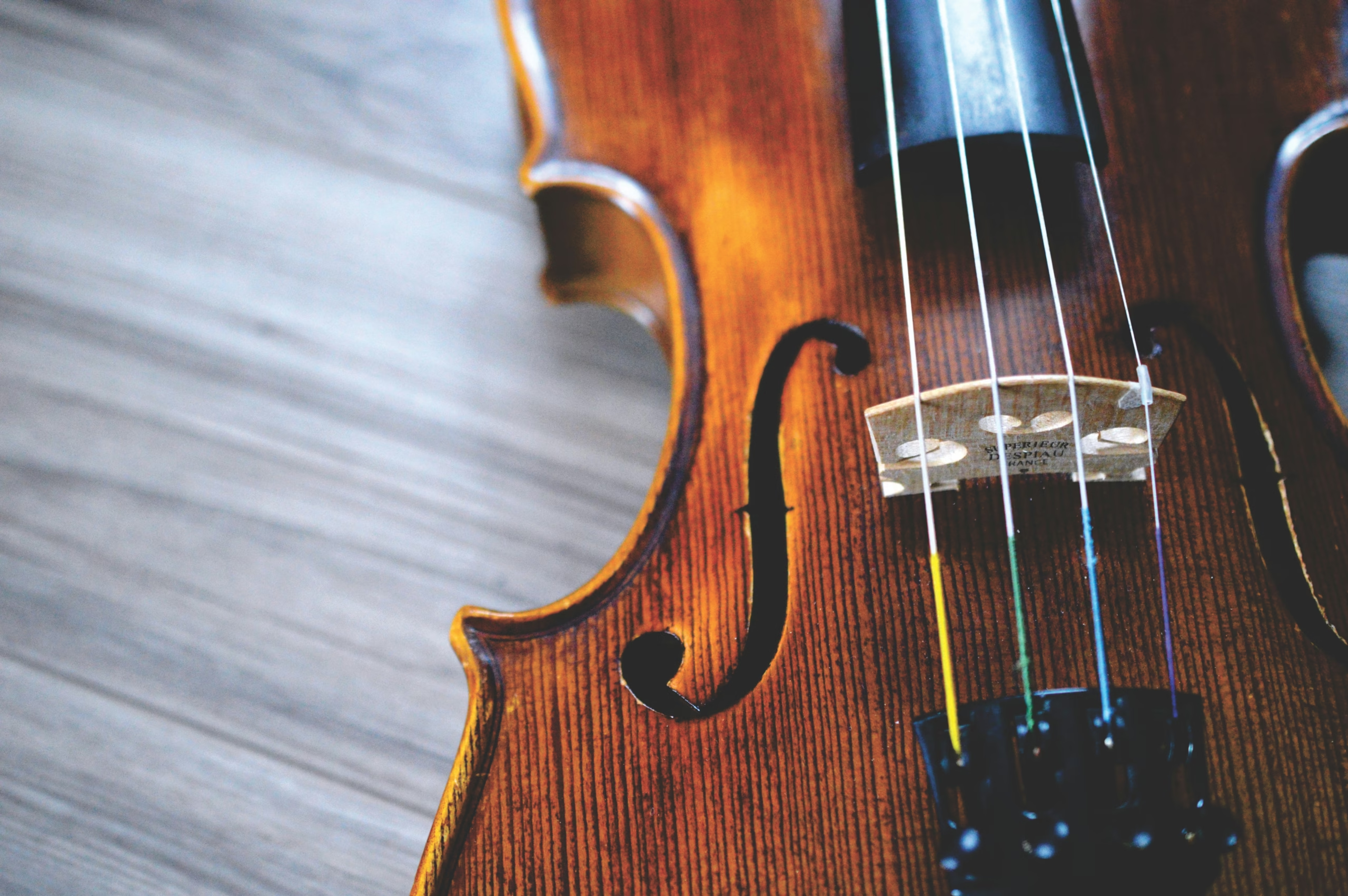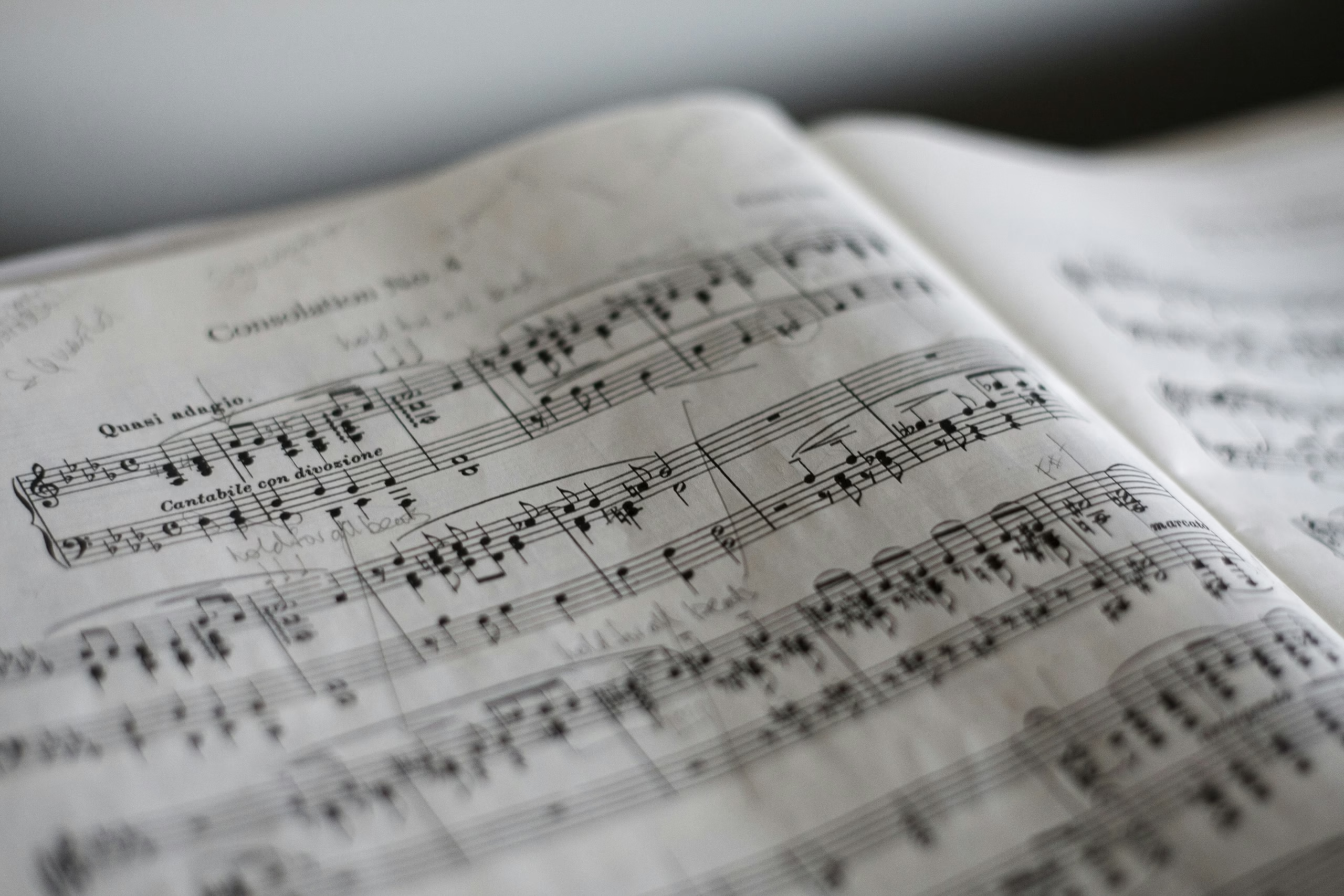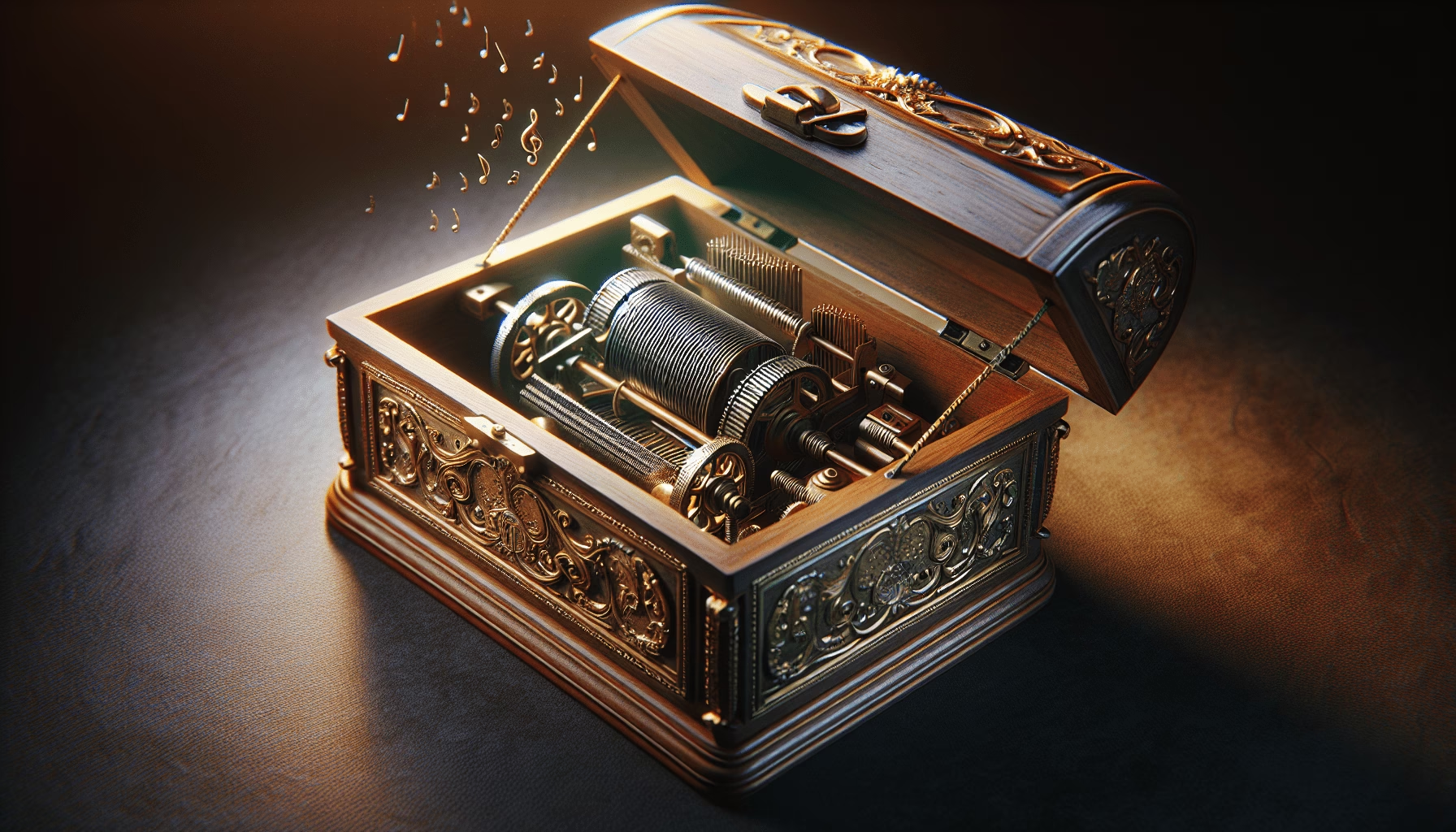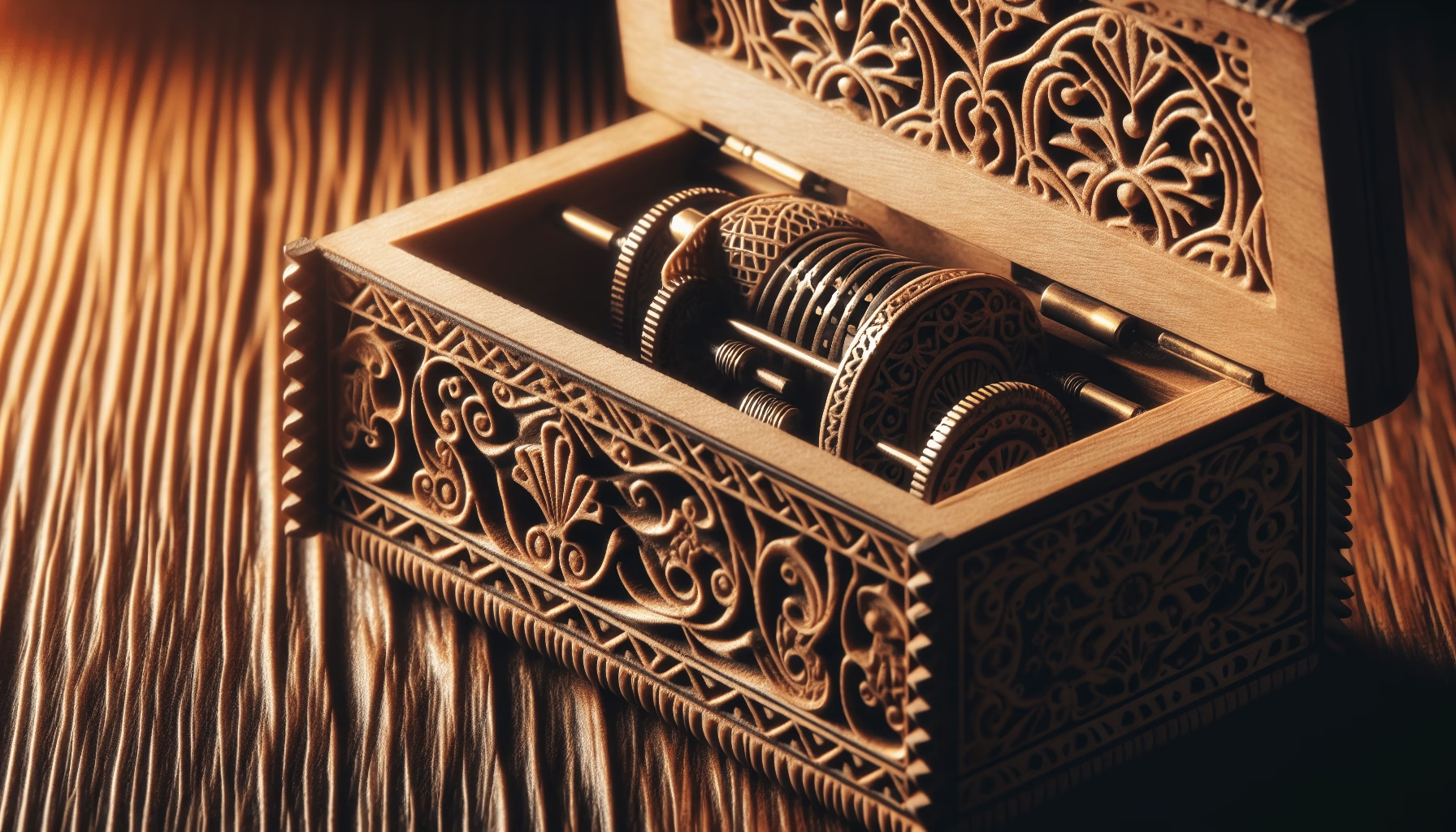Music Box Restoration Techniques: What compels someone to engage in the delicate art of music box restoration? Perhaps it is the allure of witnessing history unfold through the delicate tones of a bygone era or the quest to revive the charm and elegance of a cherished heirloom. Music boxes, with their intricate mechanisms and enchanting melodies, hold a timeless appeal that captivates enthusiasts and collectors alike. However, the task of restoring them is not for the faint-hearted and demands a meticulous understanding of both the mechanics and aesthetics involved.

Table of Contents
The Historical Context of Music Boxes
The journey into the world of music boxes begins in the 18th century, a time brimming with innovation and artistry. Initially simple devices, these treasures evolved significantly over time. Music boxes are believed to have originated in Switzerland around 1796. These early music boxes were a marvel of engineering, combining artistry with intricate craftsmanship.
From the Renaissance era of the late 18th century to the Victorian peak in the 19th century, music boxes transformed from small trinkets into grand pieces of furniture. Their development paralleled advancements in clockmaking and musical instruments. By harnessing the principles of automatic musical instruments like carillons and barrel organs, craftsmen were able to perfect their artistry, ultimately leading to the creation of exquisite musical machines.
Key Concepts: Understanding Music Box Components
Restoring music boxes requires an appreciation of their major components to address specific restoration needs effectively. Each part plays an integral role in the creation of melodies that delight listeners.
Spring-Driven Mechanism
The heart of most traditional music boxes is the spring-driven mechanism. This includes a wound spring that stores energy and powers the music box when released. It works in conjunction with a rotating cylinder and a comb to produce music. Keeping it in prime working condition is crucial for flawless operation.
Cylinder or Disc
The cylinder or disc is the programmed element of a music box. A cylinder music box features a rotating cylinder with embedded pins or pegs. These trigger specific notes on the comb to create melodies. Disc music boxes, introduced later, utilize interchangeable metal discs with punched holes to create music. Understanding their function and condition is critical for restoration.
Comb and Teeth
The comb boasts metal teeth of varying lengths, each tuned to produce a specific note. As the pins on the cylinder make contact, they pluck the teeth of the comb, creating sound. Precision in tuning and alignment is crucial to achieving the desired musical quality.
Case and Decoration
Apart from mechanical components, the case of the music box holds its aesthetic value. It protects the internal mechanism while adding beauty through intricate designs or woodwork. Restoring a music box often involves preserving or repairing this casing to maintain its historical authenticity and appeal.

The Art of Restoration: Best Practices and Techniques
Restoring a music box entails much more than simply oiling gears and replacing a broken piece. It is a careful balance between rehabilitation and conservation, allowing the charm of the bygone era to shine through.
Cleaning and Polishing
Dirt and grime accumulated over the years can impede a music box’s performance. Gently cleaning the components with mild detergents or specialized cleaning agents can make a remarkable difference. Polishing the metal parts can enhance both their appearance and functionality.
Repairing or Replacing Damaged Parts
Mechanical wear and tear is inevitable, especially in vintage music boxes. Assessing damage and determining whether to repair or replace a particular part is crucial. Finding authentic parts or creating precise replicas requires expertise and dedication.
Re-tuning the Comb
A music box comb can become out of tune due to age or mishandling. Re-tuning it involves minor adjustments, often using specialized tools. Precision and a trained ear are mandatory to ensure the restored music captures the original essence.
Varnishing and Cosmetic Restoration
The wooden work and outer casing might require varnishing or repair to restore the music box’s visual charm. Respecting the original design while making necessary cosmetic adjustments is a delicate task that requires a conservative approach to preserve the historical value.
Documentation and Research
Before undertaking restoration, thorough research to gather as much information as possible about the specific type and model is essential. Understanding its history and provenance can guide restoration choices, ensuring that even small details are accounted for and respected.
Visual Aids: Videos and Infographics
The restoration process can be made more comprehensible through visual aids. Videos demonstrating cylinder alignment or comb tuning, and infographics showing the internal architecture of music boxes, can serve as helpful guides. Integrating these resources can significantly enhance one’s restoration toolkit.

Case Studies: Successful Music Box Restorations
Examining successful restoration projects provides insight into best practices and innovative solutions in the field.
Case Study 1: The Restoration of a Victorian Cylinder Music Box
A Victorian cylinder music box plagued by a malfunctioning spring and misaligned comb demonstrates the restoration journey. The restorers meticulously disassembled the box, addressing the spring issue while ensuring that each comb tooth was perfectly tuned. The careful care given to rebuilding the music box respected both its historical accuracy and acoustic quality. In restoring the casing, old varnish was carefully stripped, and a matching finish was expertly applied.
Case Study 2: Reviving a French Disc Music Box
A large French disc music box that hadn’t played in decades was brought back to life thanks to the dedication of a skilled restorer. The use of custom-fabricated spare parts allowed for the seamless replacement of damaged mechanisms. The intricacies of disc alignment and the adaptation of modern materials while respecting original specifications underscored the complexity and beauty of this restoration. The result was a music box that resonated with the same enchanting tunes as it likely did over a century ago.
Comparing Restoration Approaches: Traditional vs. Modern Methods
The decision between traditional and modern restoration techniques often depends on the music box’s age, condition, and historical significance.
Traditional Methods
Staying true to the original craftsmanship is the hallmark of traditional restoration methods. Utilizing historically accurate parts and tools, restorers maintain the integrity of the era. This approach prioritizes precision and authenticity, capturing an era-correct sound and appearance.
Modern Methods
With advances in technology, modern methods provide new opportunities for restoration. 3D printing can create new parts when originals are unavailable. Computer analysis might identify tuning needs precisely. While these methods enhance efficiency, the challenge lies in balancing innovation with historical authenticity.

Challenges and Considerations in Music Box Restoration
Restoring music boxes presents unique challenges that require careful thought and expertise.
Authenticity vs. Modern Convenience
Striking the right balance between maintaining authenticity and incorporating modern conveniences is often a concern. While newer components can increase reliability, original elements might possess an unmatched charm and historical accuracy.
Skill and Patience
The intricacy of music box mechanisms demands both skill and patience. The minutiae of cylinder gear settings or comb tuning often require numerous attempts to perfect. Novice restorers are advised to start with simpler projects before tackling more complex cases.
Material Constraints
Finding authentic materials, especially for older music boxes, can be a daunting task. Skilled craftsmen often need to create bespoke parts to meet restoration standards. Collaborating with artisans or sourcing from reputable suppliers is essential.
The Future of Music Box Restoration
As collectors and restorers continue to discover and revive antique music boxes, the field grows and evolves. Interest in the cultural heritage behind these pieces fuels advances in restoration technology and techniques.
Efforts are underway to digitize musical movements, ensuring that these captivating tunes will endure for future generations. Meanwhile, organizations and museums work to compile historical records and resources, preserving knowledge that informs and inspires dedicated restorers.
In conclusion, music box restoration is much more than a technical endeavor. It’s a labor of love, a bridge connecting contemporary music box enthusiasts with rich histories and enchanting melodies from the past. For those drawn to this beautiful art form, pursuing it with respect, dedication, and a commitment to authenticity ensures that music boxes will continue to serenade for decades to come.

Tips To Conserve, Preserve, And Restore Your Music Box Collection
Finding the Right Balance: Collecting and Other Responsibilities

